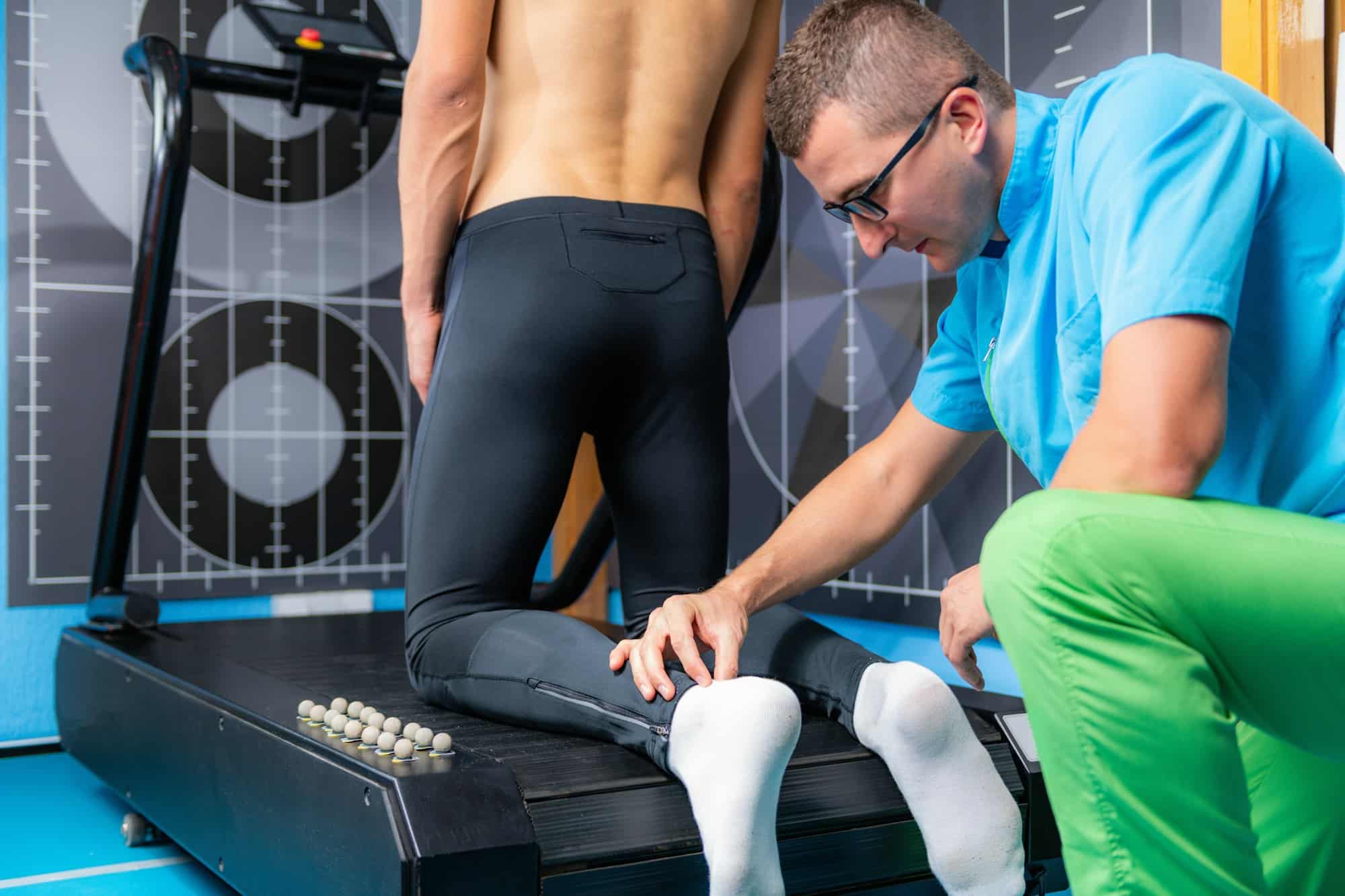What’s the Optimal Cadence for Efficiency in Long-Distance Triathletes?

In the world of long-distance triathlon, efficiency is key. The optimal cadence or rhythm at which athletes run, cycle, and swim can make the difference between first place and second, between finishing and failing. In this article, we’ll delve into what exactly cadence is, why it matters, and how you can find your ideal pace in each discipline.
Understanding Cadence
Understanding cadence is a vital first step in maximizing your efficiency as a long-distance triathlete. In simplest terms, cadence refers to the rhythm or rate at which you perform a given exercise. It’s usually expressed as a number of repetitions per minute (RPM). In running and swimming, cadence refers to the number of strides or strokes you take, while in cycling, it refers to pedal rotations.
Have you seen this : What Are the Best Static Stretching Exercises for Improving Flexibility in Gymnasts?
While many novice athletes may assume that faster is always better, this isn’t the case. A high cadence can lead to fatigue and injury, while a cadence that’s too low can slow you down and reduce your efficiency. Finding the optimal cadence is a delicate balance that requires understanding your body, your fitness level, and your sport.
The Optimal Cadence in Running
When it comes to running, the optimal cadence is typically around 180 steps per minute. This is based on research done by running coach Jack Daniels, who found that elite athletes tend to average this rate. However, this doesn’t mean that 180 is the perfect number for everyone. Your ideal running cadence will depend on a number of factors, including your height, weight, and fitness level.
Also to read : How Does High-Intensity Focused Training Impact Muscle Recovery in Sprint Cyclists?
To find your optimal cadence, start by determining your current average. Then, gradually try to increase your rate, taking care to monitor your body’s response. If you start to feel fatigued or uncomfortable, you may be pushing too hard. Remember, the goal is to find a rate that allows you to run effectively and efficiently for long distances.
Cycling Cadence for Triathletes
In cycling, the optimal cadence can vary widely depending on the terrain and the athlete’s ability. For flat or downhill sections, higher cadences of around 90-100 RPM are often recommended. However, when cycling uphill, a slower cadence of around 60-80 RPM can be more efficient.
It’s important to note that these are general guidelines and the optimal cadence can vary significantly between individuals. Some cyclists may find that they are more comfortable with a higher cadence, while others may prefer a lower one. The key is to listen to your body and adjust your cadence accordingly.
Swimming Cadence: Where Speed and Technique Meet
Swimming cadence is perhaps the most difficult of the three disciplines to quantify, as it’s heavily dependent on technique. High cadence can help generate speed in the water, but only if each stroke is efficient. Swimmers who have a high stroke rate but poor technique often find that they tire quickly and are unable to maintain their pace over longer distances.
A good starting point for most triathletes is to aim for a stroke rate of around 60-70 strokes per minute. However, much like running and cycling, the optimal cadence can vary widely based on an individual’s size, strength, and swimming ability.
In the end, the most efficient cadence for swimming, as with running and cycling, is one that allows you to maintain a good pace without tiring too quickly. This usually involves a combination of stroke rate and stroke length.
Fine-Tuning Your Cadence: A Matter of Trial and Error
Finding your optimal cadence in each discipline is largely a matter of trial and error. It involves experimenting with different rhythms and paying close attention to how your body responds. Keeping track of your cadence during training sessions can help you identify patterns and make necessary adjustments.
The truth is, there is no one-size-fits-all answer to the question of optimal cadence. What’s most important is finding a rhythm that allows you to perform at your best while minimizing the risk of injury and fatigue. By understanding the concept of cadence and how it applies to each discipline, you can help pave the way towards more efficient and effective long-distance triathlon performance.
Monitoring and Adjusting Your Cadence
The real-time monitoring of your cadence can be a game changer for long-distance triathletes. This can help you to be aware of your pace and make necessary adjustments on the go. Fitness trackers and smartwatches often have built-in tools that can help with this. These devices can provide an accurate count of your strokes, steps, or pedal rotations per minute, giving you a clear understanding of your cadence.
However, it’s not enough to just know your rate, one should also know how to adjust it wisely. The act of cadence adjustment should not be abrupt but rather gradual. A sudden change in your rhythm can throw your body off balance, increasing the risk of injury. Instead, aim to increase or decrease your cadence in small increments, allowing your body ample time to adjust.
Moreover, it’s crucial to take other factors into consideration when adjusting your cadence. For instance, you need to pay attention to your form and ensure it doesn’t suffer as you alter your pace. You also need to consider your energy levels. If you’re feeling fatigued, it might be wiser to slow down a bit, even if it means deviating from your optimal cadence.
Remember, your cadence should serve your performance, not hinder it. Just like any other aspect of training, it requires patience, practice, and a good dose of self-awareness.
Conclusion: The Art of Achieving Optimal Cadence
In the grand scheme of long-distance triathlon, achieving the optimal cadence is both a science and an art. It’s a science because it involves quantifiable measures, such as counting your RPM and making adjustments based on these numbers. It’s an art because it requires a keen sense of self-awareness and the ability to listen to your body’s signals.
Finding your optimal cadence isn’t an overnight process. It involves a lot of trial, error, and fine-tuning. What works for one athlete may not work for another, and what works for you during one training session may not be as effective in another.
It’s important to remember that while striving for the optimal cadence, the goal is not to reach a certain number but to enhance your efficiency and performance. It’s not about going faster or slower – it’s about going smarter. By paying attention to your cadence, you can find a rhythm that maximises your energy, minimises your fatigue, and helps you go the distance, whether you’re running, cycling or swimming.
The key takeaway is this: There is no universally optimal cadence. The optimal cadence is the one that allows you to perform at your best. Make cadence your ally, not a rigid rule to follow. With time, patience and practice, you can discover your own optimal cadence and elevate your performance as a long-distance triathlete.
